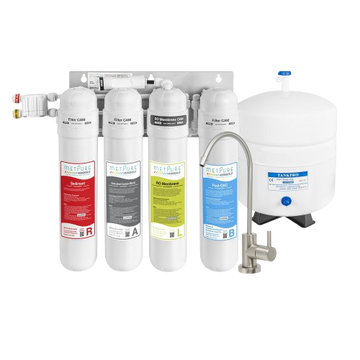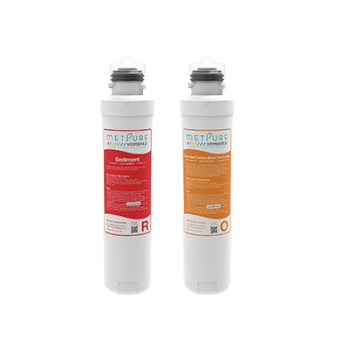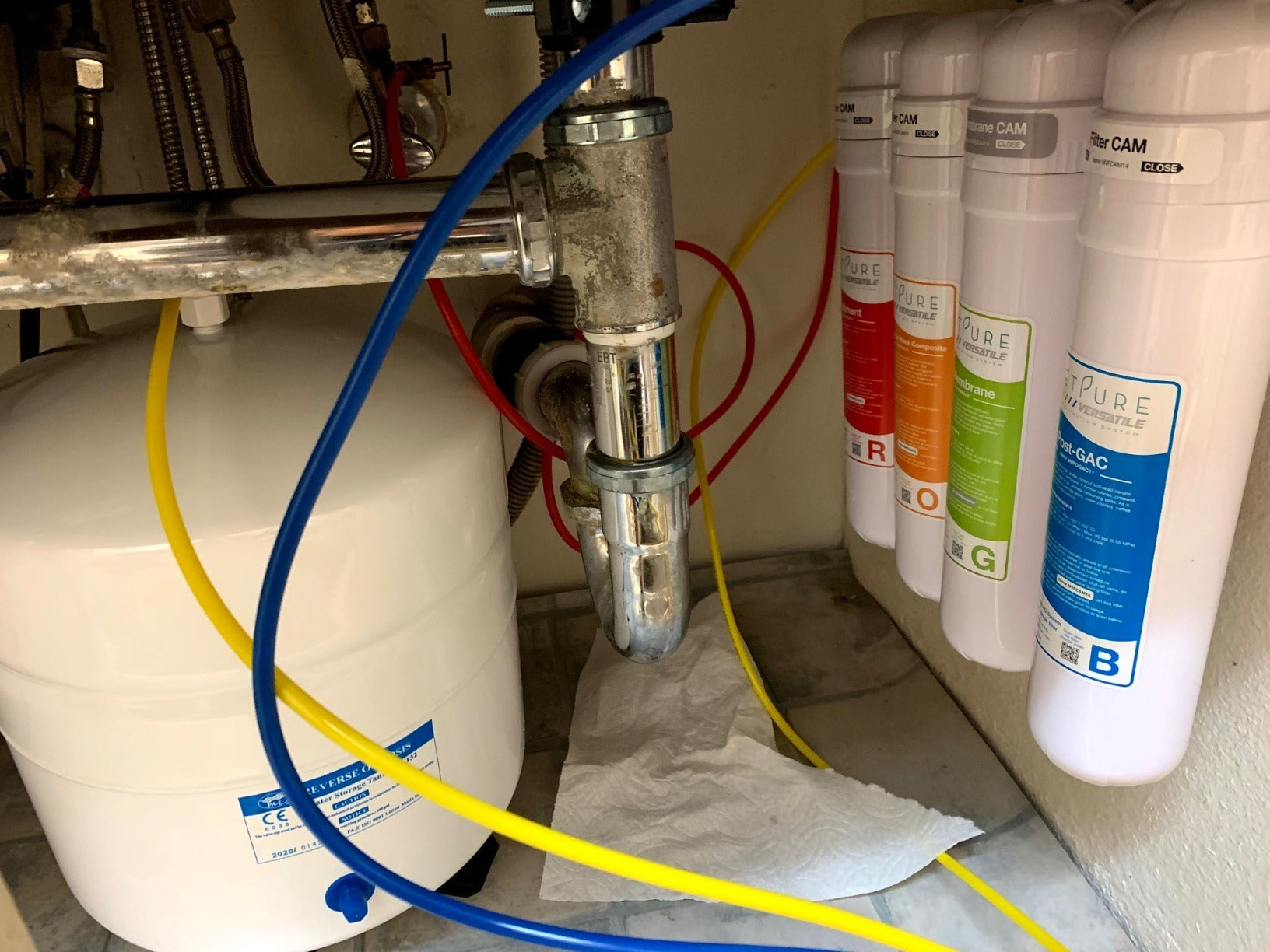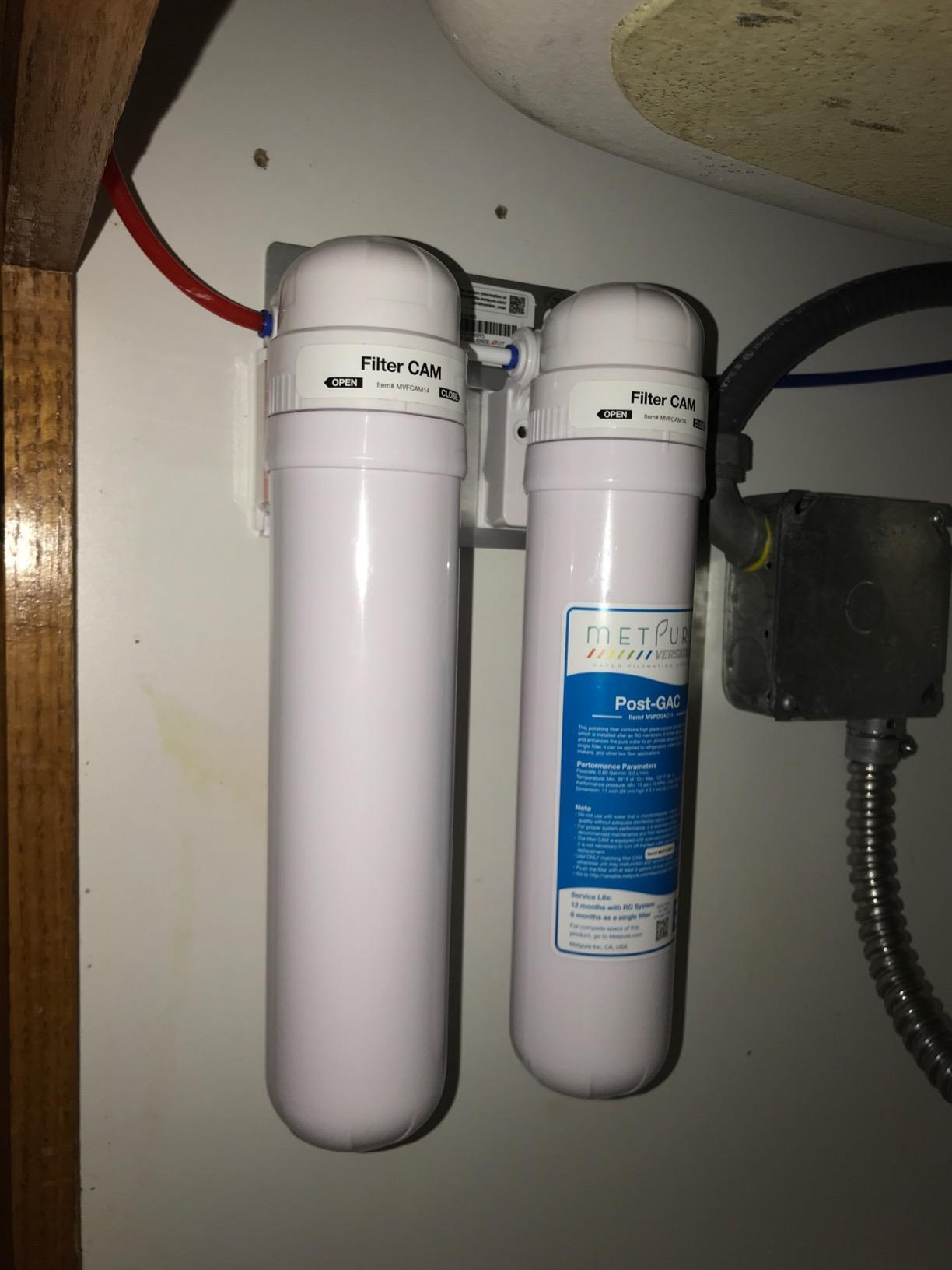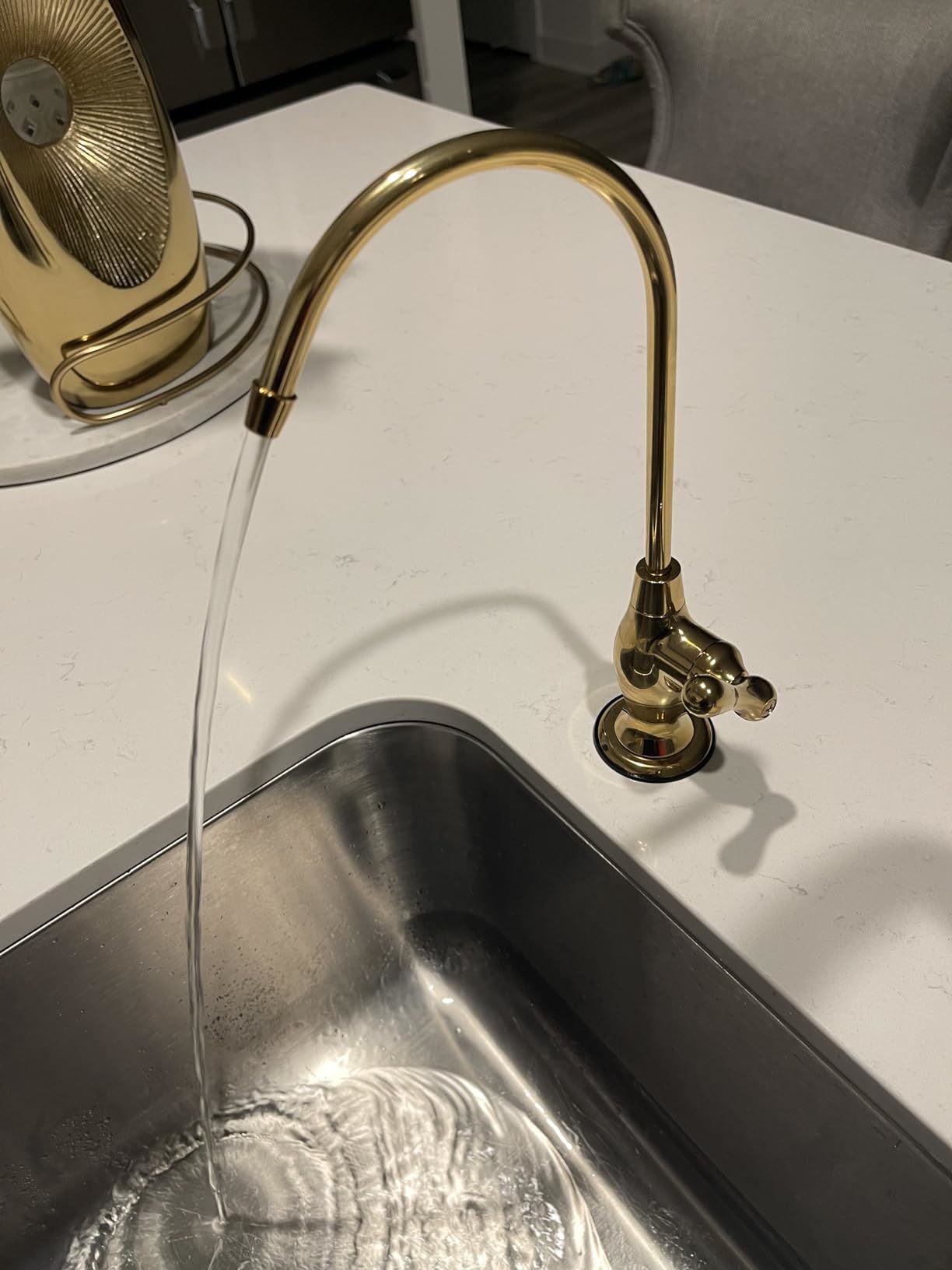What You May Be Drinking in Your Tap Water
Table of Contents
Your tap water may look clean and pure, but it can still contain harmful germs and chemicals. From pesticide runoff to fecal matter, many contaminants can make their way into your drinking water.
The good news is, most public water utilities remove these contaminants before they reach your home. But, how do you know if your water is safe?
Chemicals
A variety of chemicals can make water unhealthy to drink. These can include bacteria, viruses, and chemicals used in drinking water’s disinfection process. Other chemicals can leach from plastic or glass containers into your water, such as phthalates (which disrupt testosterone and other hormones). Chemicals found near agricultural areas might also be present in your drinking water. They can be from fertilizers and pesticides, or organic material from farming practices.
A recent government study estimates nearly half of America’s tap water contains toxic “forever chemicals,” known as PFAS. PFAS have been used in everyday items since the 1940s, from nonstick cookware to cosmetics and rain jackets. These chemicals are unique in the chemical world because they have both water-hating and water-loving properties and are resistant to degradation. PFAS have been linked to cancers, liver damage and high cholesterol, as well as pregnancy complications and developmental problems in infants and children.
You can help fight PFAS contamination by taking action to find out where your drinking water comes from. NRDC has helped lead the charge to require testing for PFAS in drinking water and push to reduce the amount of PFAS in our communities.
Fluoride
Fluoride is the ionized form of the element fluorine, the thirteenth most abundant in the earth’s crust. It is found naturally in air and water and is important for bone and teeth health. It supports the mineralization of bones and teeth, helping prevent cavities. This is why it’s added to many public water supplies around the world.
Since the 1940s, dentists have been adding small amounts of fluoride to local water systems in an effort to reduce tooth decay among young children. Almost all community drinking water contains some fluoride, but it’s often at levels too low to be effective. The U.S. Public Health Service recommends that communities add fluoride to their water supply at a level of 0.7 to 1.2 milligrams per liter.
Fluoride exposure has been linked to skeletal fluorosis, a condition that can cause joint pain and stiffness in older adults. However, it is very rare to experience this condition from drinking tap water.
While fluoride is safe for drinking in moderation, excess intake could increase the risk of a seizure. Those who are prone to seizures should avoid drinking tap water that has been fluoridated. A recent report by the National Toxicology Program has received a lot of attention, even though it failed to pass peer review by the National Academies of Sciences, Engineering, and Medicine.
Minerals
Water contains many minerals that provide dietary benefits. They include potassium, magnesium, calcium, phosphorus, sodium and iron. However, too much of a mineral in your drinking water can cause problems like hard water and scale. The professionals at Metpure can help you select a water filtration system that keeps the minerals in your tap water to a healthy level.
North American tap water and bottled waters contain low mineral levels. Only a few North American spring waters and selected European bottled waters have high mineral content. In some cases, drinking 2 liters of these waters may fulfill a portion of recommended dietary intakes (DRI) for Ca2+, Mg2+ and Na+.
In addition, a small number of North American cities have water that has elevated mineral levels. In some cases, these levels may be due to contaminants such as arsenic and lead. Long-term exposure to arsenic can cause skin lesions and liver damage while long-term exposure to lead can cause developmental problems in children, kidney and nervous system damage and high blood pressure.
Some bottled waters also have excessive amounts of a mineral called phosphorus. Phosphorus is an essential nutrient for human health but excessive intake can increase the risk of tooth decay and bone loss. Too much phosphorus can also interfere with absorption of other nutrients, especially calcium and magnesium, and can increase the amount of waste your body excretes.
Fecal Coliforms
The bacteria that comprise the group “coliforms” live in large numbers in the intestines of warm-blooded animals and aid in the digestion process. They are also found in the waste material, or feces, that animals excrete. If coliforms are detected in a water supply, it may indicate the presence of disease-causing pathogens such as viruses, protozoa or bacteria. These organisms can cause illnesses such as diarrhea, hepatitis, and dysentery.
The hepatitis A virus and the cryptosporidium parasites are both caused by contamination with human feces and can be transmitted through drinking water. When a water sample tests positive for fecal coliforms, it indicates that a larger number of bacteriologically harmful contaminants are present as well. Public water systems are required to test their drinking water for the presence of E. coli and other fecal-borne diseases when it tests positive for total coliforms.
Because bacterial concentrations depend on environmental conditions, they are difficult to predict and fluctuate quickly. High counts are possible following rains, when fecal matter washes into rivers and streams. However, cool water temperatures and a lack of food can cause a rapid die-off in bacterial populations. These fluctuations in bacterial numbers are one reason the EPA sets health goals (Maximum Contaminant Level Goals) and legal limits for both total coliforms and Escherichia coli and fecal coliforms.



